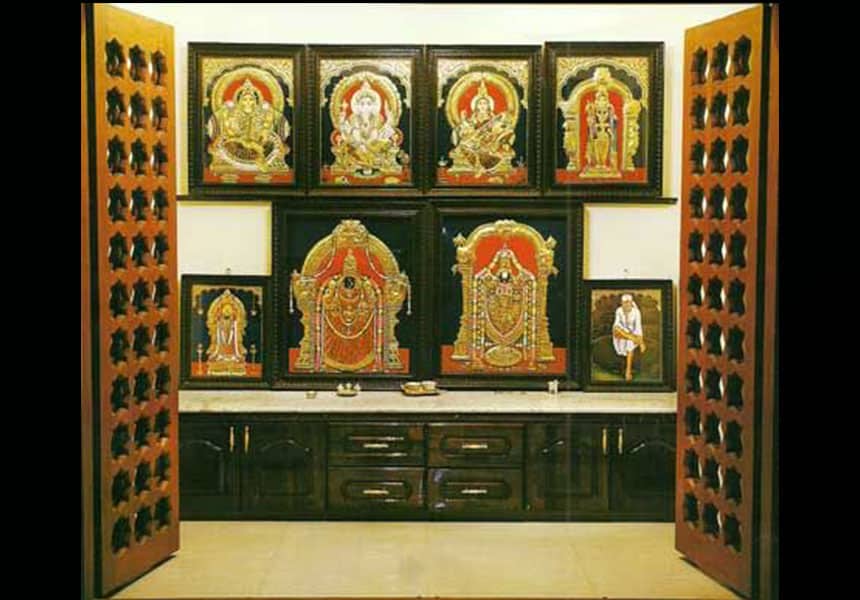The art form known as Tanjore painting is from southern India and is known for its lavish depictions of deities. The designs of these paintings are usually made with bright colors and ornate embellishments. Despite the style’s evolution, it is still widely admired by art lovers. Due to the varying methods used in Tanjore painting, the cost of the work varies. This is one of the reasons why the prices vary depending on the type of work that’s being done.
HOW TANJORE PAINTINGS IS DONE
The use of gold in these paintings adds dimension and energy to the works. It was used from the 2nd century BCE to the 7th century A.D. to encourage a sense of commitment.
Tanjore paintings are made entirely by hand. The first fabric sketch is made before the drawing is printed. The wood foundation used for the painting is also made from the jackfruit tree.
For instance, the backgrounds were either red or green. The sky was painted either black or blue depending on the event. In addition, the deities and Gods wore gold and silver jewellery and ornaments.
Materials Used for Tanjore Paintings:
- Original 22 Carat Gold Foils.
- Chettinad Teak Wood
- Shiny Paints
- Ordinal Jaipur Precious Gemstone
- Cloth
- chalk powder
HOW TO IDENTIFY A ORIGINAL TANJORE PAINTING
To avoid getting cheated, it is important to find a Tanjore painting that is authentic. There are various ways to authenticate a Tanjore painting.
- Thanjavur paintings are done on wooden canvases
- The face of a wooden canvas is evenly coated with a paste of lime and tamarind paste, which is allowed to dry.
- 22K Gold leaves are pasted using arabic gum
- Tanjore painting have three dimensional effect shading.
-
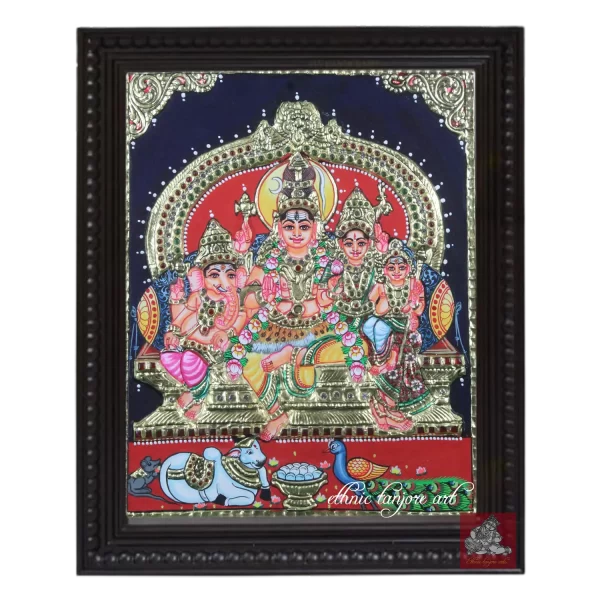 Shiva Family Tanjore PaintingCall for Price
Shiva Family Tanjore PaintingCall for Price -
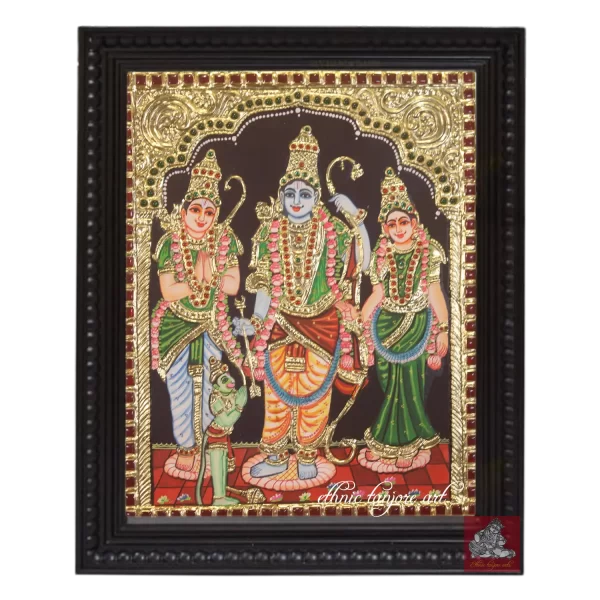 Ram Tanjore PaintingCall for Price
Ram Tanjore PaintingCall for Price -
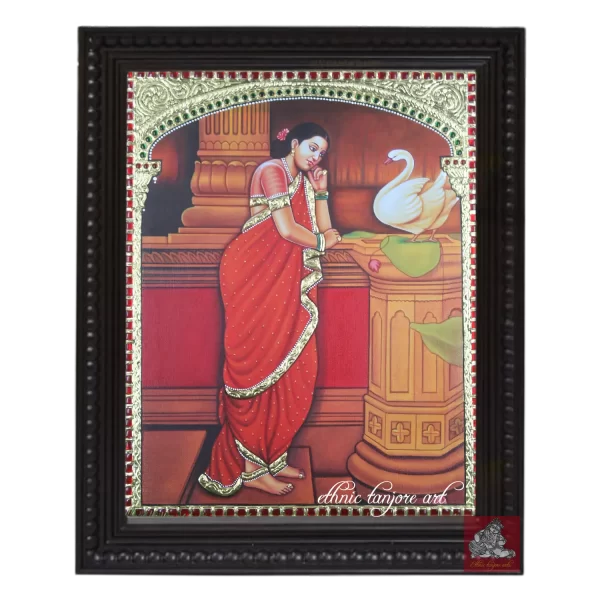 Raja Ravi Varam Style Tanjore paintingCall for Price
Raja Ravi Varam Style Tanjore paintingCall for Price -
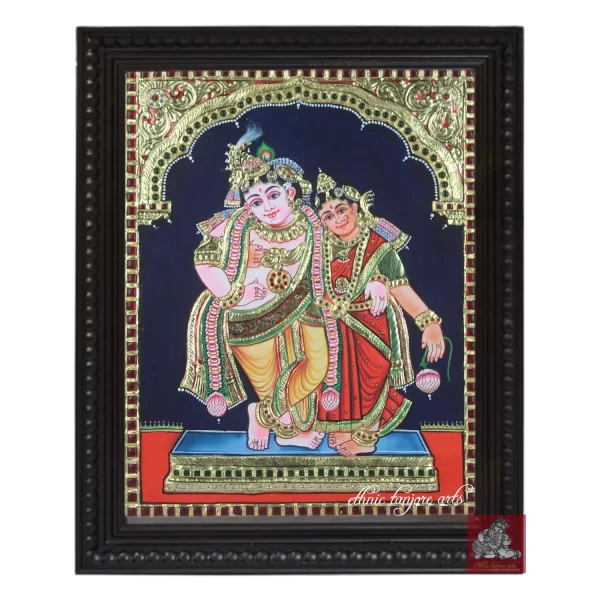 Radha Krishna Tanjore PaintingCall for Price
Radha Krishna Tanjore PaintingCall for Price -
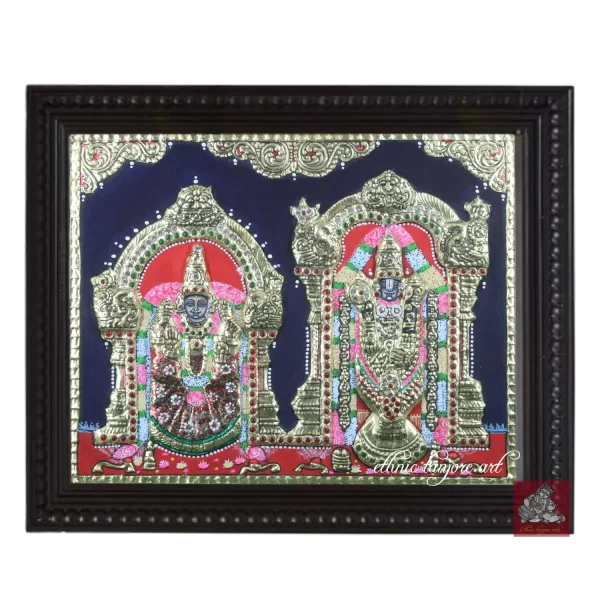 Padmavati Balaji Tanjore PaintingCall for Price
Padmavati Balaji Tanjore PaintingCall for Price -
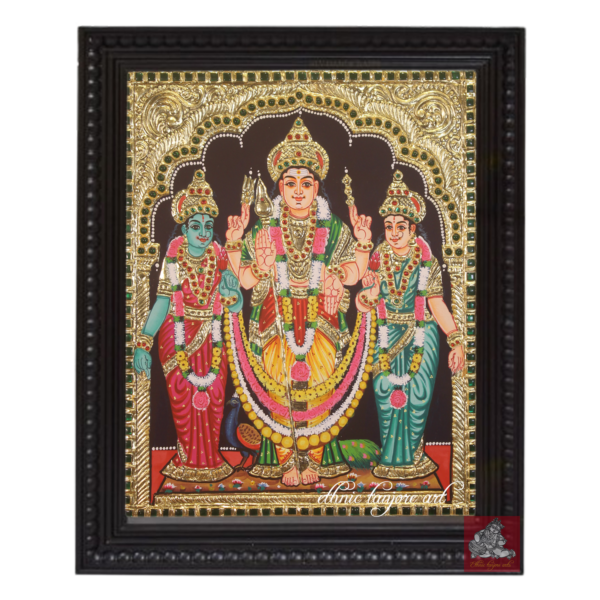 Murugan Valli Devayan Tanjore PaintingCall for Price
Murugan Valli Devayan Tanjore PaintingCall for Price -
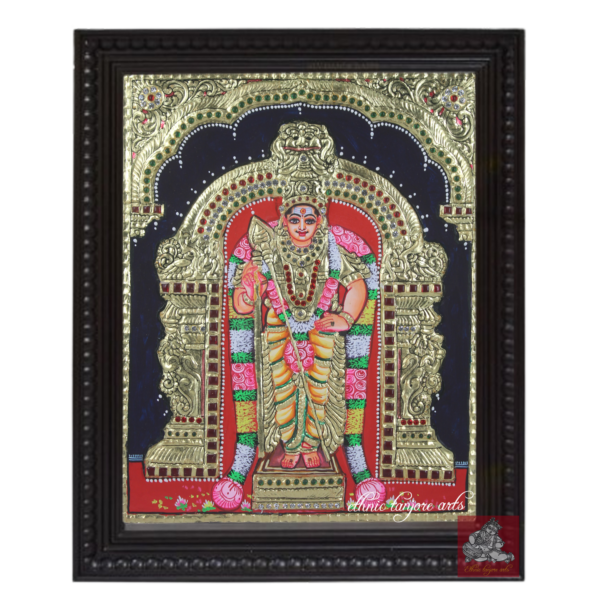 Murugan Tanjore PaintingCall for Price
Murugan Tanjore PaintingCall for Price -
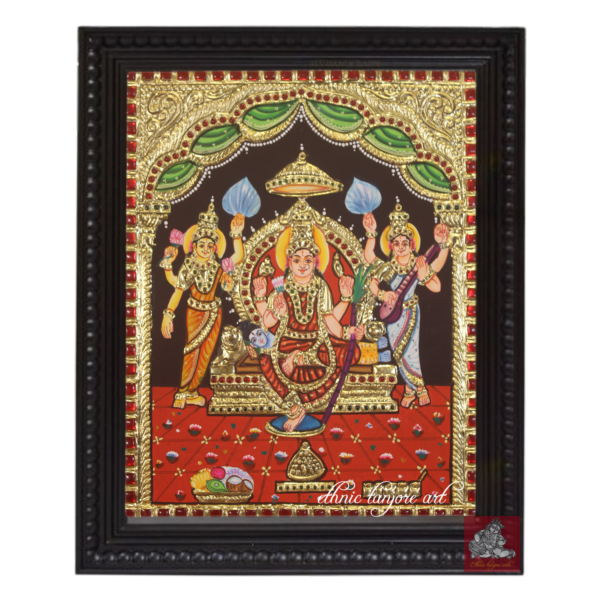 Lalitha Devi Tanjore PaintingCall for Price
Lalitha Devi Tanjore PaintingCall for Price -
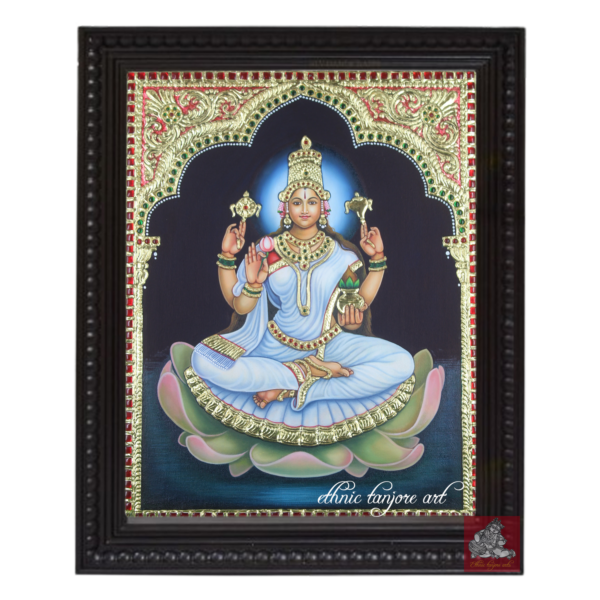 Lakshmi Tanjore PaintingCall for Price
Lakshmi Tanjore PaintingCall for Price -
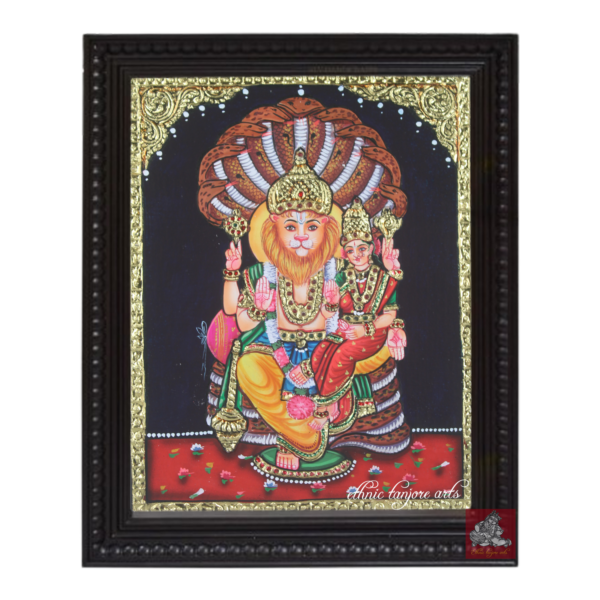 Lakshmi Narasima Tanjore PaintingCall for Price
Lakshmi Narasima Tanjore PaintingCall for Price -
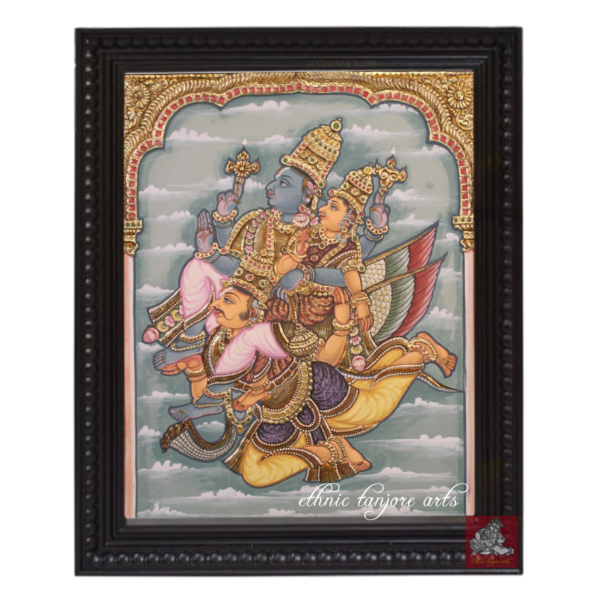 Antique Garuda Sevai Tanjore PaintingCall for Price
Antique Garuda Sevai Tanjore PaintingCall for Price -
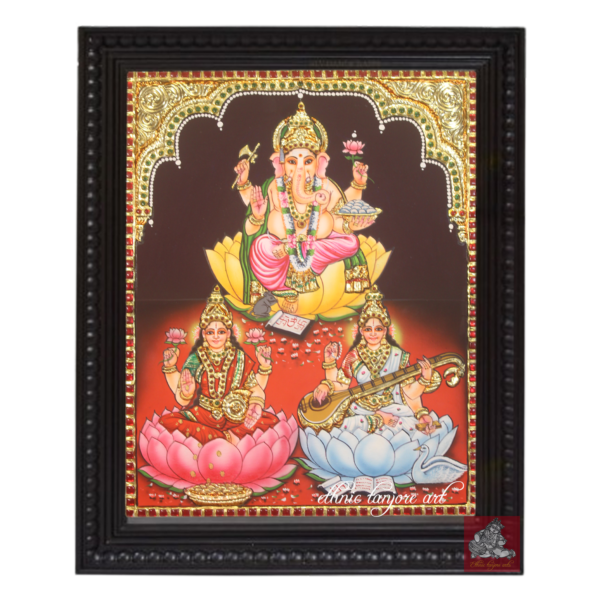 Lakshmi Ganesh Saraswathi Tanjore PaintingCall for Price
Lakshmi Ganesh Saraswathi Tanjore PaintingCall for Price -
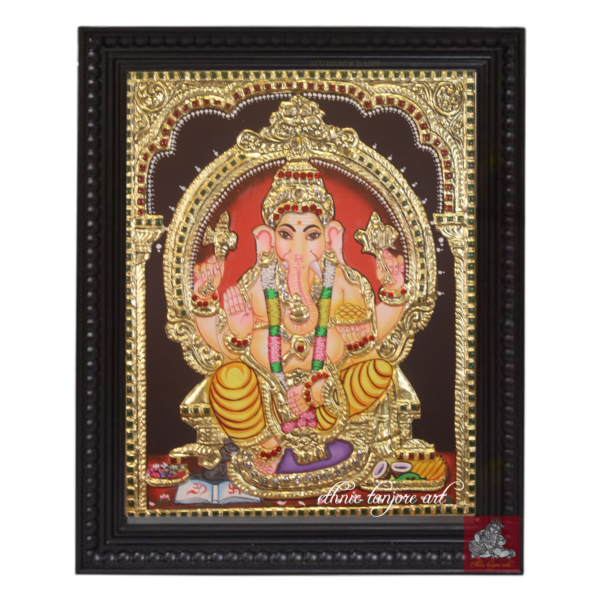 Ganesh Tanjore PaintingCall for Price
Ganesh Tanjore PaintingCall for Price -
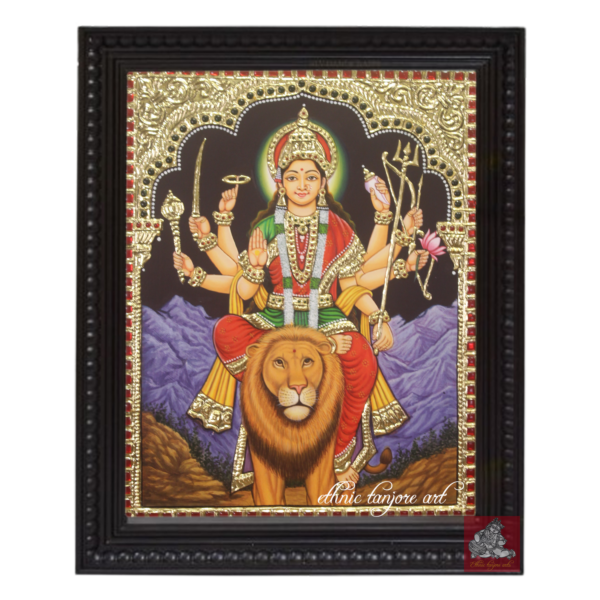 Durga Tanjore PaintingCall for Price
Durga Tanjore PaintingCall for Price -
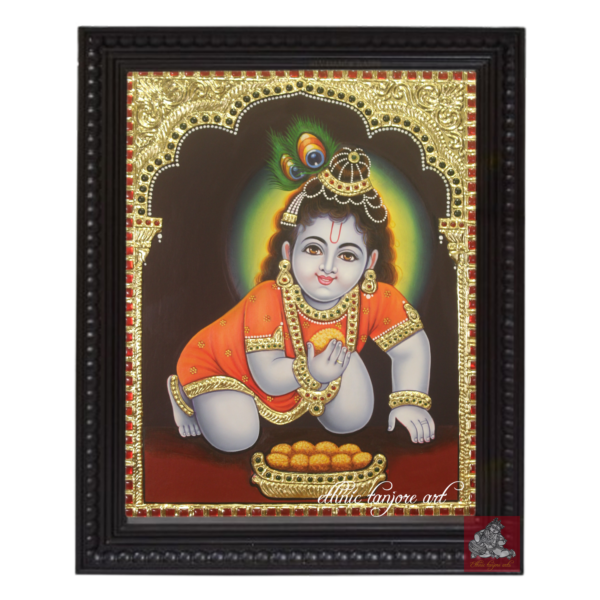 Bal Krishna Tanjore PaintingCall for Price
Bal Krishna Tanjore PaintingCall for Price -
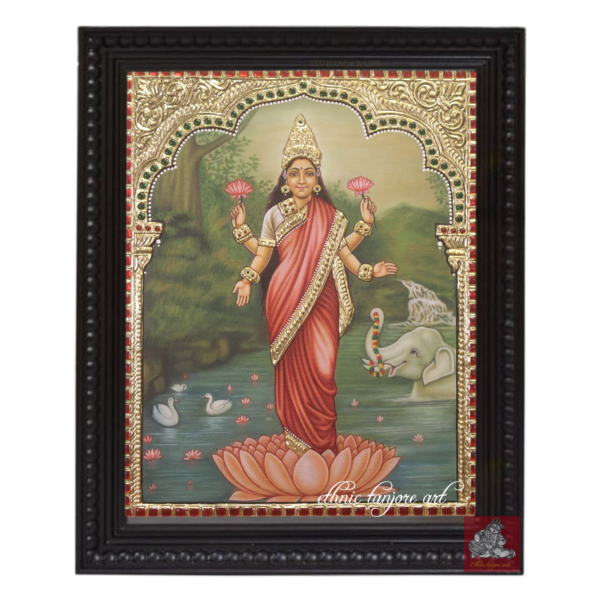 Lakshmi Ravi Varam Style Tanjore PaintingCall for Price
Lakshmi Ravi Varam Style Tanjore PaintingCall for Price -
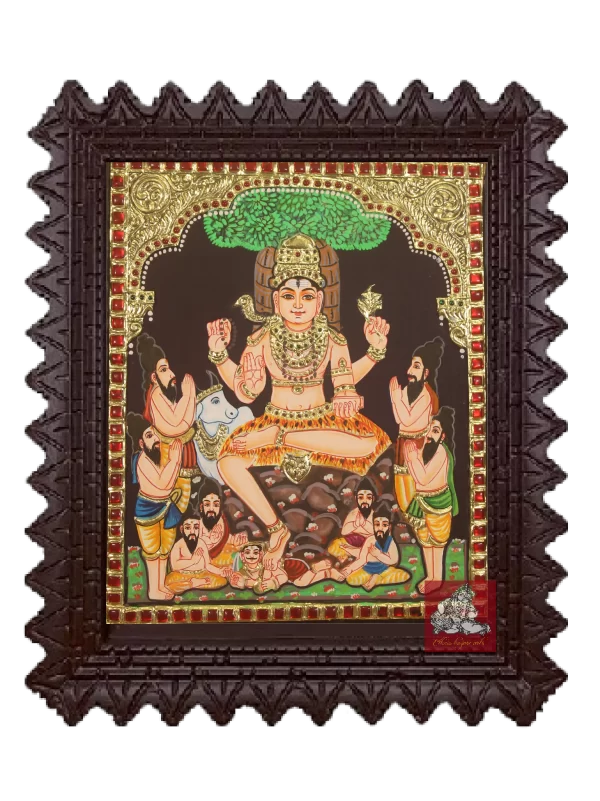 Dakshinamurthy Tanjore PaintingCall for Price
Dakshinamurthy Tanjore PaintingCall for Price -
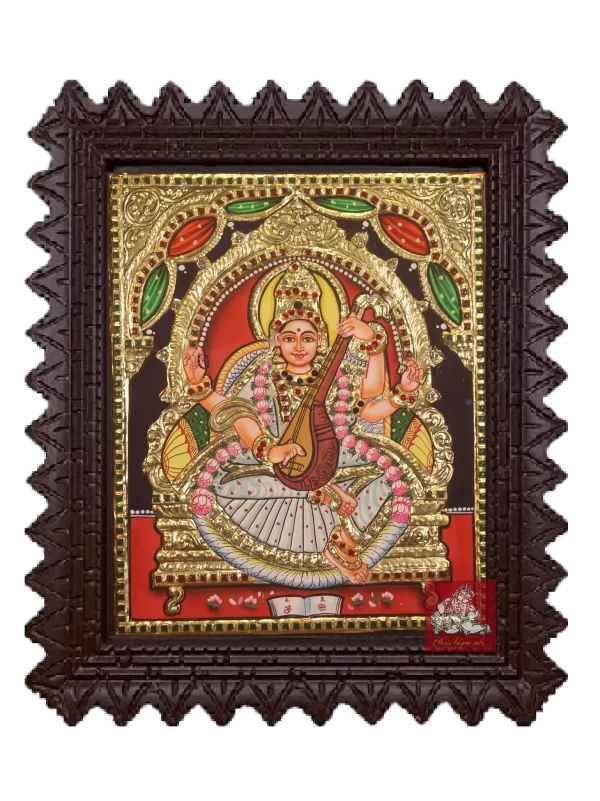 Saraswathi Tanjore PaintingCall for Price
Saraswathi Tanjore PaintingCall for Price -
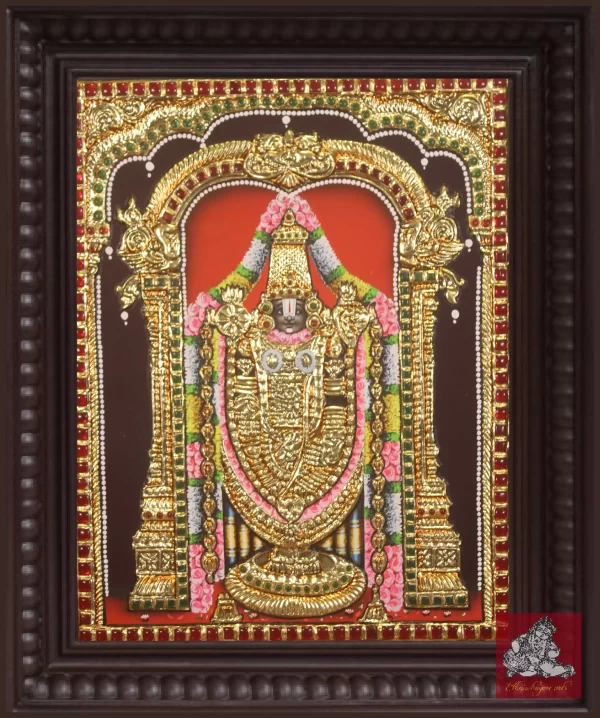 Balaji Tanjore PaintingCall for Price
Balaji Tanjore PaintingCall for Price -
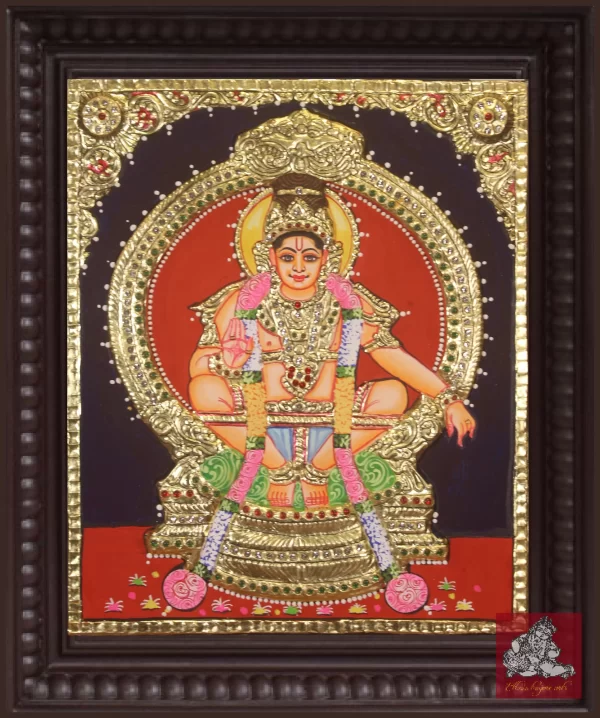 Ayyapan Tanjore PaintingCall for Price
Ayyapan Tanjore PaintingCall for Price -
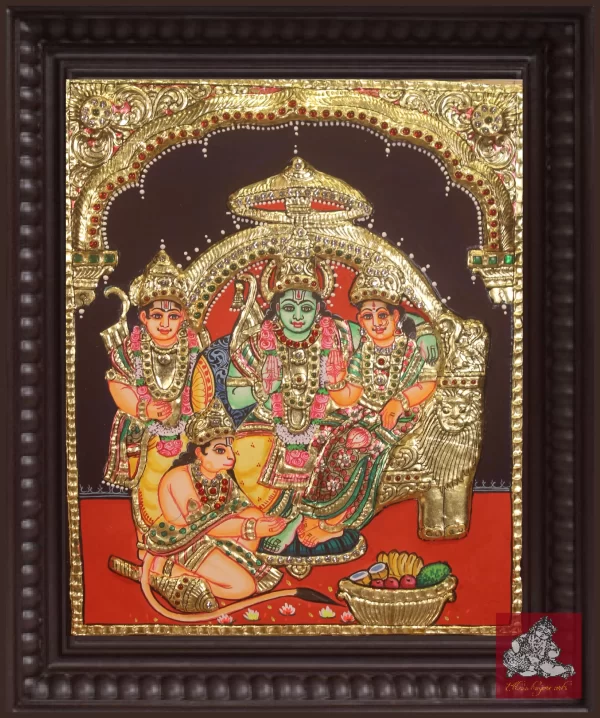 Ramer Tanjore PaintingCall for Price
Ramer Tanjore PaintingCall for Price -
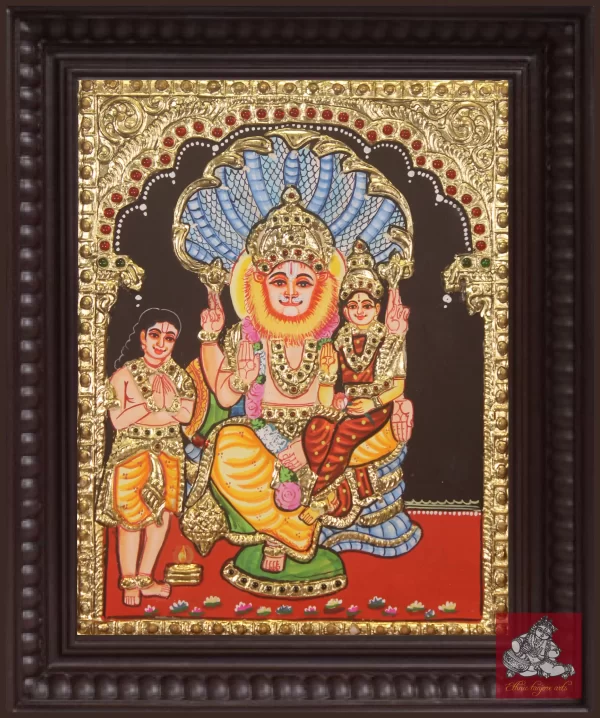 Lakshmi Narasimha Tanjore PaintingCall for Price
Lakshmi Narasimha Tanjore PaintingCall for Price -
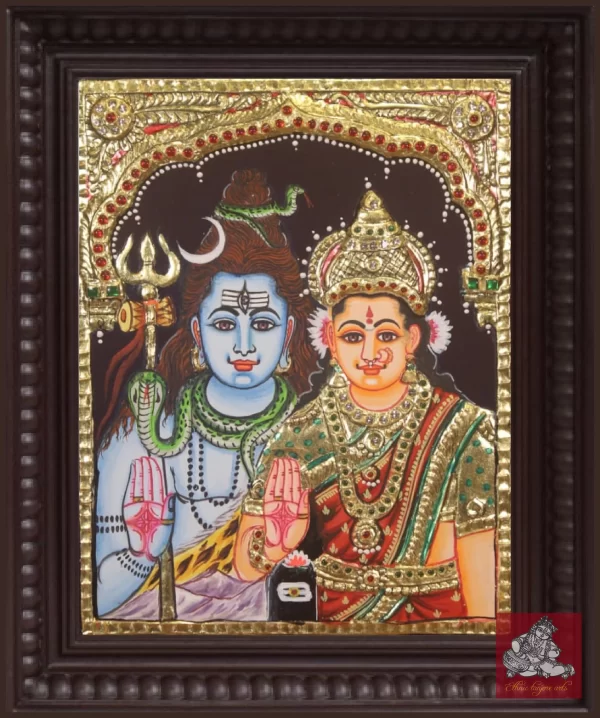 Shiva Parvathi Tanjore painting(12×10)Call for Price
Shiva Parvathi Tanjore painting(12×10)Call for Price -
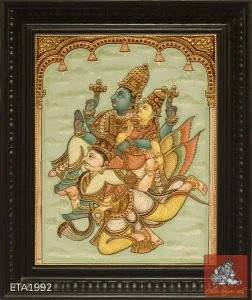 Garuda Sevai Antique Tanjore Painting (12×15)Call for Price
Garuda Sevai Antique Tanjore Painting (12×15)Call for Price

